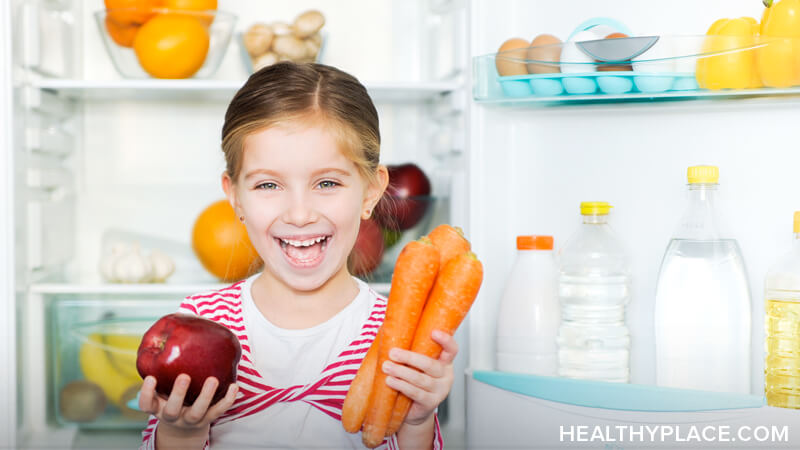Nutrition for Kids with ADD - ADHD

Dr. Frank Lawlis, author of The ADD Answer, offers nutritional advice for parents whose children are diagnosed with ADHD (Attention Deficit Hyperactivity Disorder).
A healthy diet is important for all children and adults but it is even more important for those who suffer attention deficit disorder, according to Dr. Frank Lawlis, author of The ADD Answer: How to Help Your Child Now. Eating the right foods maximizes concentration, learning capacity and self-control, and poor nutrition choices can exacerbate symptoms of ADD or cause medical problems.
In his book, Dr. Lawlis offers the following audit to help focus on what dietary elements might be contributing to your child's symptoms.
Following are some of the foods that have been investigated and found to have negative impacts on children's health.
- Artificial colors and preservatives
- Processed milk and milk products
- Wheat products, but only breads and cereals that are not whole grain.
- Sugar
- Oranges and grapefruits
- Eggs
- MSG
The great news is that substituting healthier foods can immediately reduce ADD symptoms in many cases. There are a number of excellent studies that have demonstrated 50 to 70 percent resolution of hyperactive behavior and increased concentration spans with alternative menus.
The Hero's Diet Plan
The following is a nutritional plan for children with ADD created by Dr. Lawlis. It doesn't require high-priced foods or supplements. The only one requirement for this plan to work is that the entire family needs to go on it. It is hard enough to change a child's food habits without having a brother or sister eating his favorite fast foods in front of him. It is also important to show family support and solidarity.
Our bodies were not designed to handle processed and greasy foods. Put the fryer and microwave in storage. Eat most foods in their raw and natural states. Those that need to be cooked should be boiled or grilled over a low flame to reach at least water's boiling point (212 º F). To get your children to eat raw vegetables and other healthy raw foods like raisins, put a little peanut butter or honey on them.
FOOD GROUP RECOMMENDATIONS FOR CHILDREN WITH ADD |
||
| FOOD GROUP | MINIMUM NUMBER OF DAILY SERVINGS | EXAMPLES OF DAILY SERVING SIZES |
| Lean proteins (meat, poultry, fish, eggs, protein alternates, such as legumes or tofu) | 2 | 2 oz of meat, poultry or fish; 1 egg, 1/2 cup of protein alternates |
| Fruits and vegetables | 5 | 1/2 piece to 1 piece of fruit; 1/2 chopped fresh fruit; 1/2 cup of water-or juice-packed fruit; 1/2 cup frozen unsweetened fruit; 1/2 cup juice; several cut-up pieces of raw vegetables; 1/2 cup cooked vegetables 1/4 cup legumes (beans or lentils) |
| Milk Substitutes (rice milk) | 3 | 1/2 cup milk substitute; 1/2 cup yogurt; 1/2 oz cheese; 1/4 cup cottage cheese; 1/2 cup sugar free ice-cream or ice milk |
| Whole grains (bread and cereals) | 4 | 1/2 to 1 slice bread; 1/4 to 1/2 cup cooked cereal; 1/2 cup dry cereal; 1/4 cup pasta, noodles, or rice; 2 to 3 crackers |
| Fats | Use sparingly | 1/2 teaspoon vegetable oil, salad dressing, mayonnaise, natural peanut butter, margarine, or butter, (flaxseed oil is a recommended fat because it is a good source of brain-protective fats); 1 tablespoon of or one child's handful of nuts or seeds |
APA Reference
Tracy, N.
(2021, December 20). Nutrition for Kids with ADD - ADHD, HealthyPlace. Retrieved
on 2025, November 29 from https://www.healthyplace.com/adhd/children-behavioral-issues/nutritional-advice-for-kids-with-add-adhd



